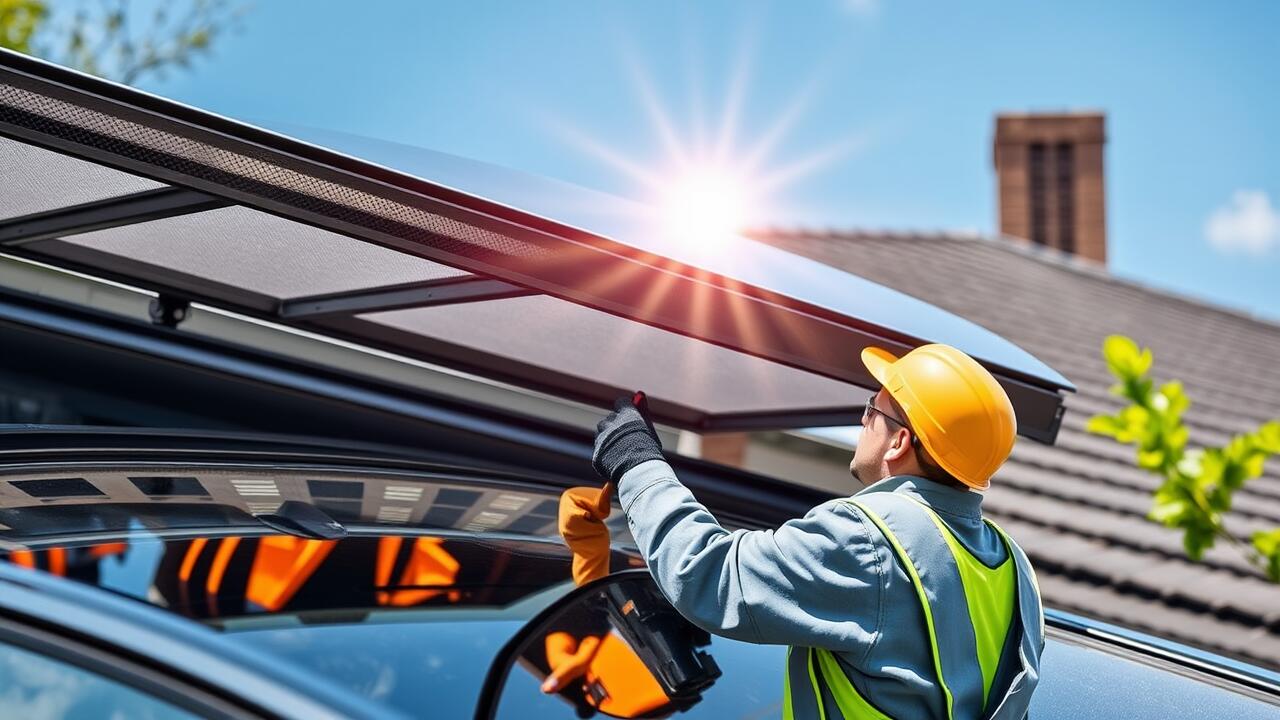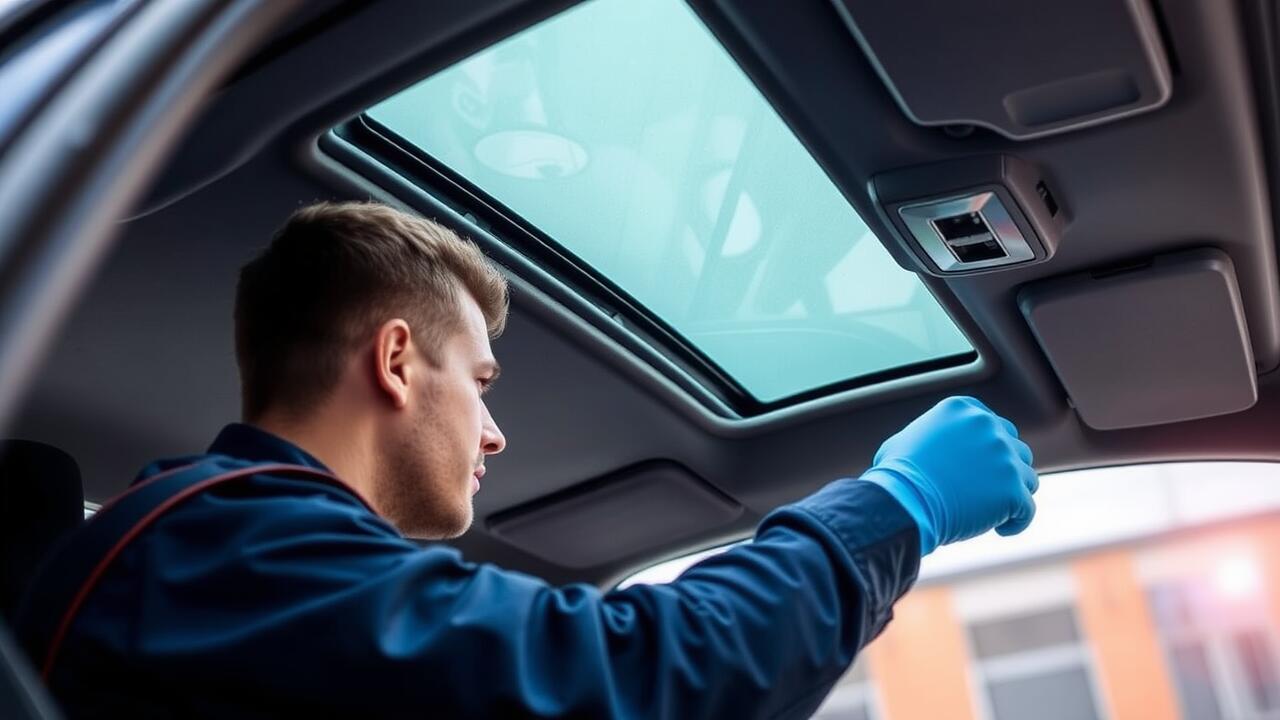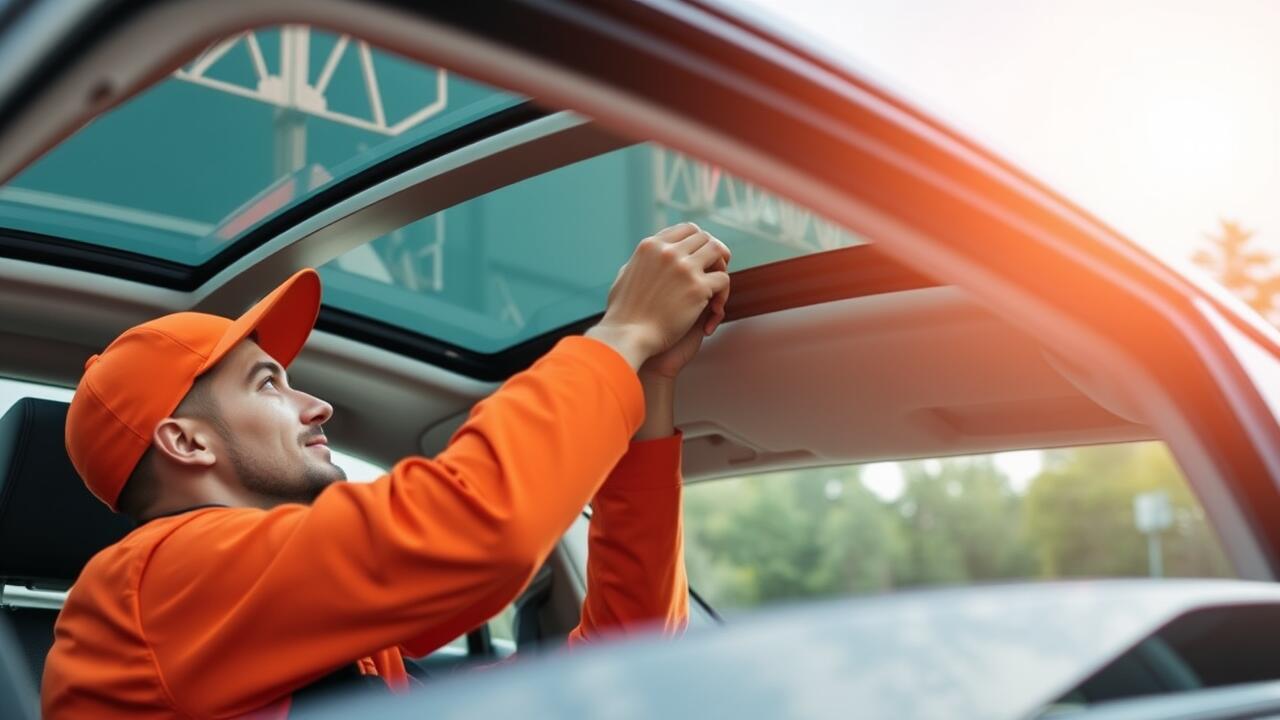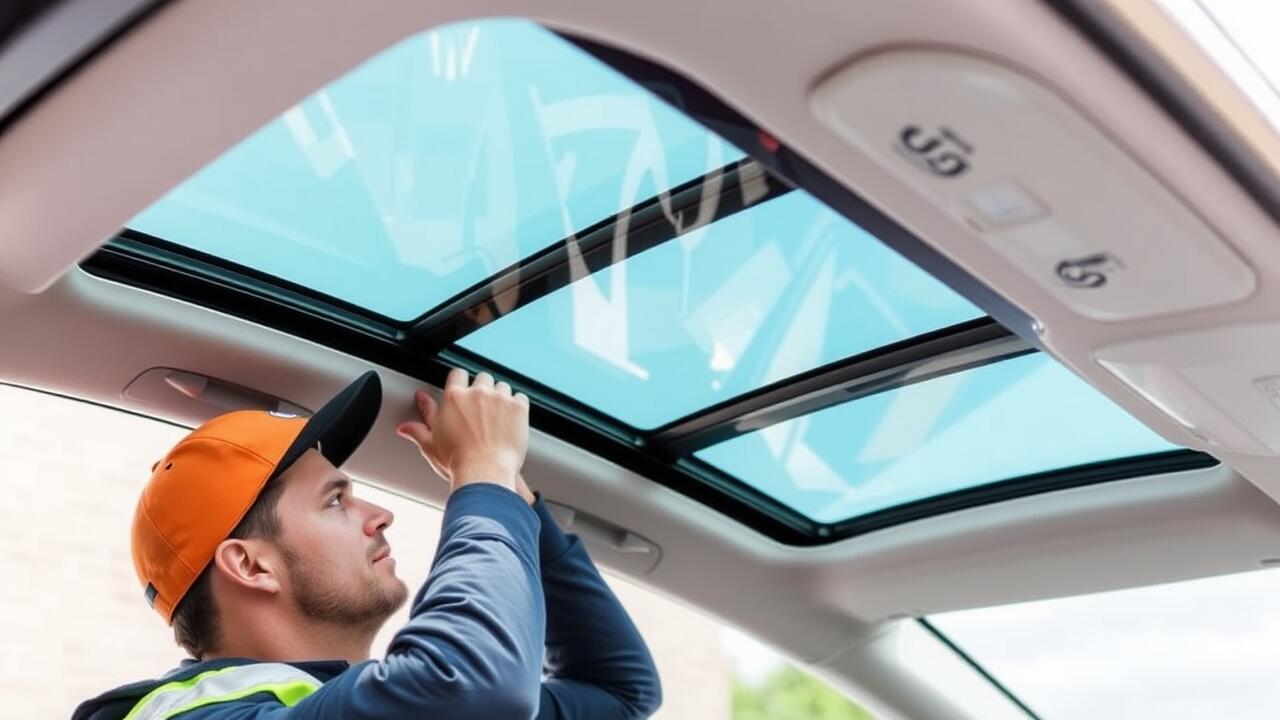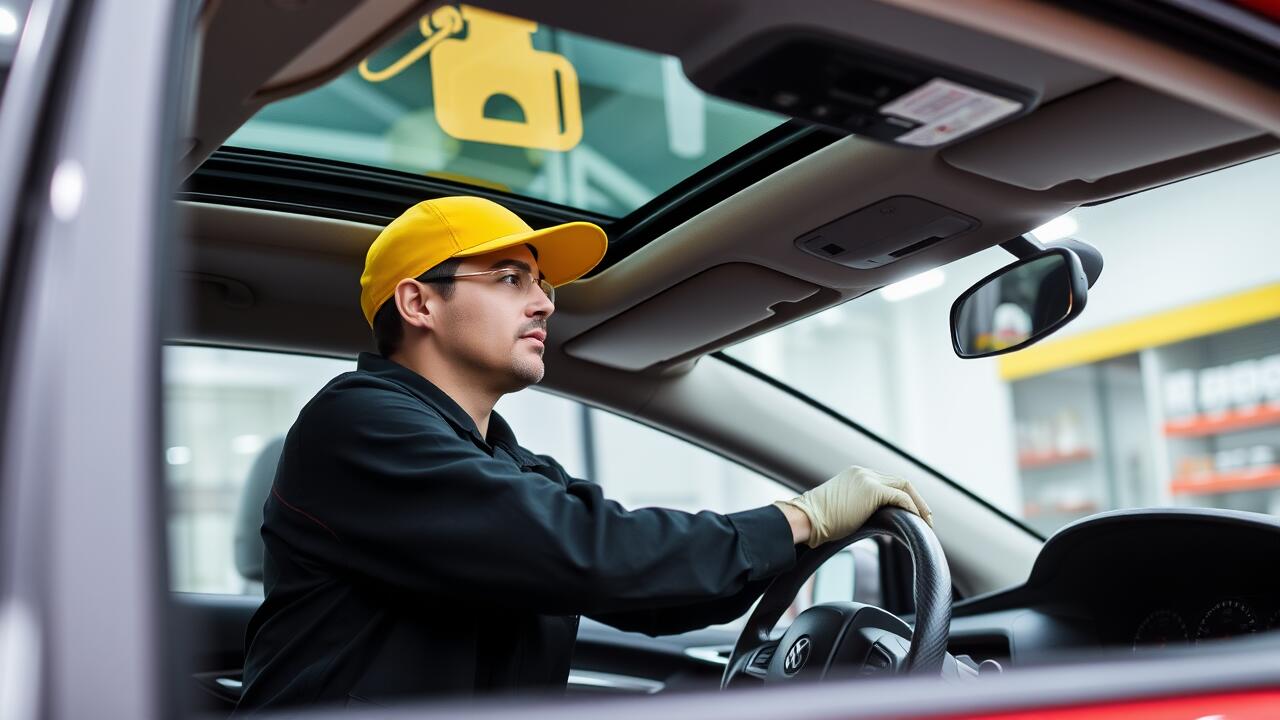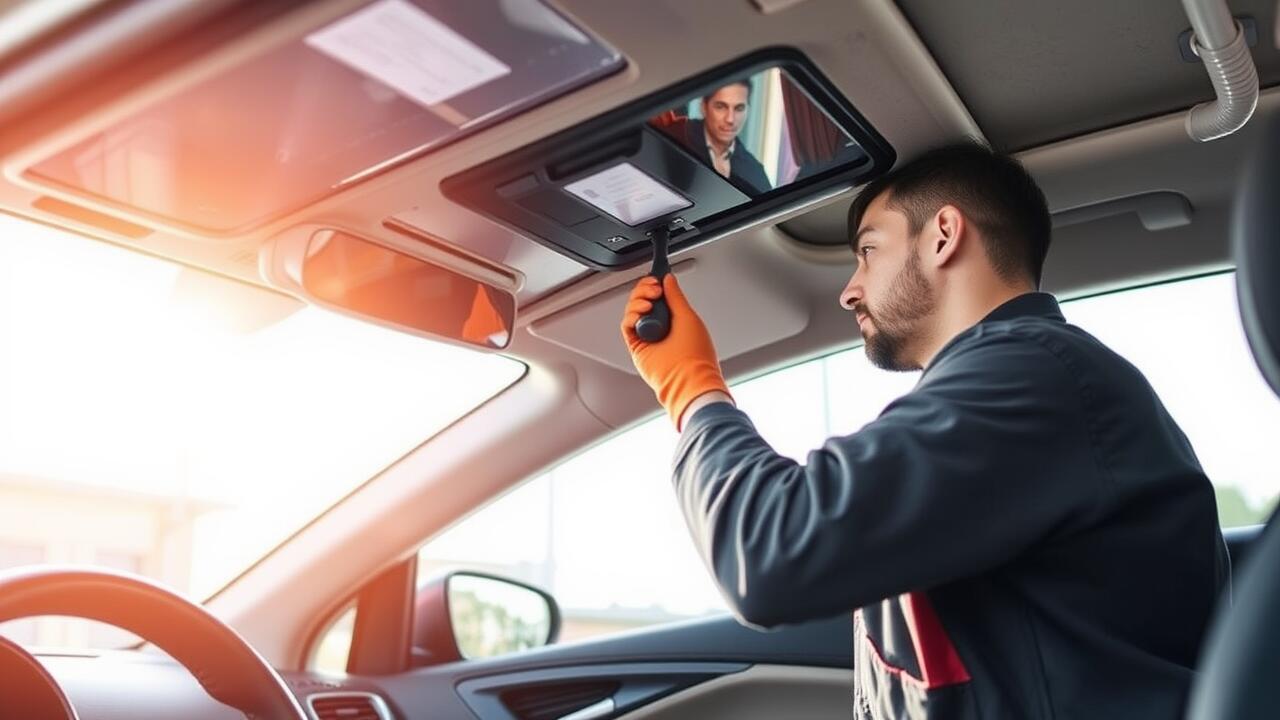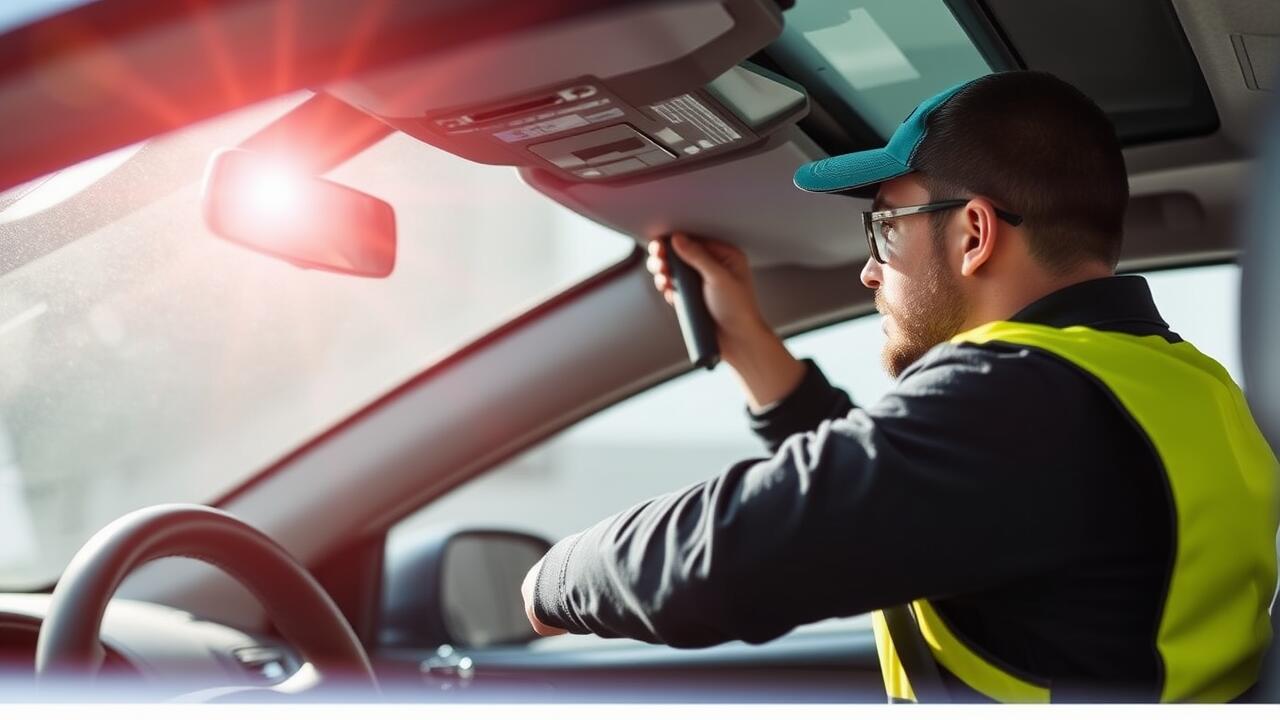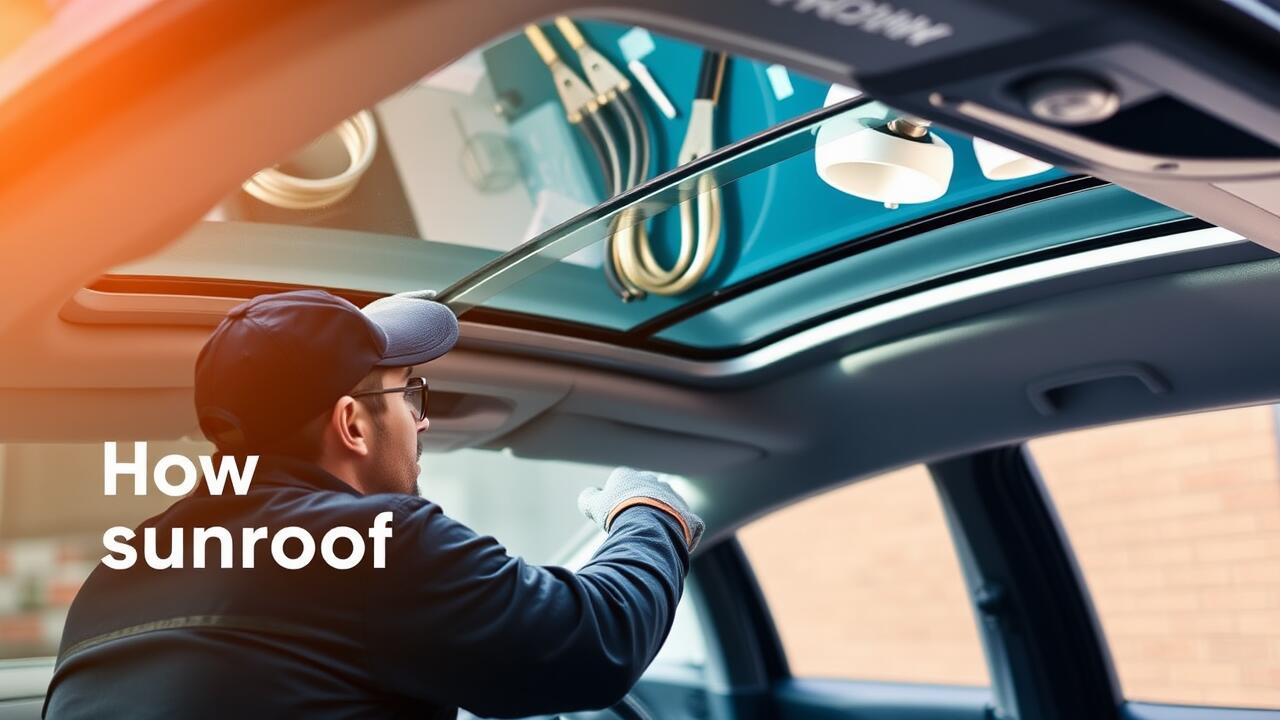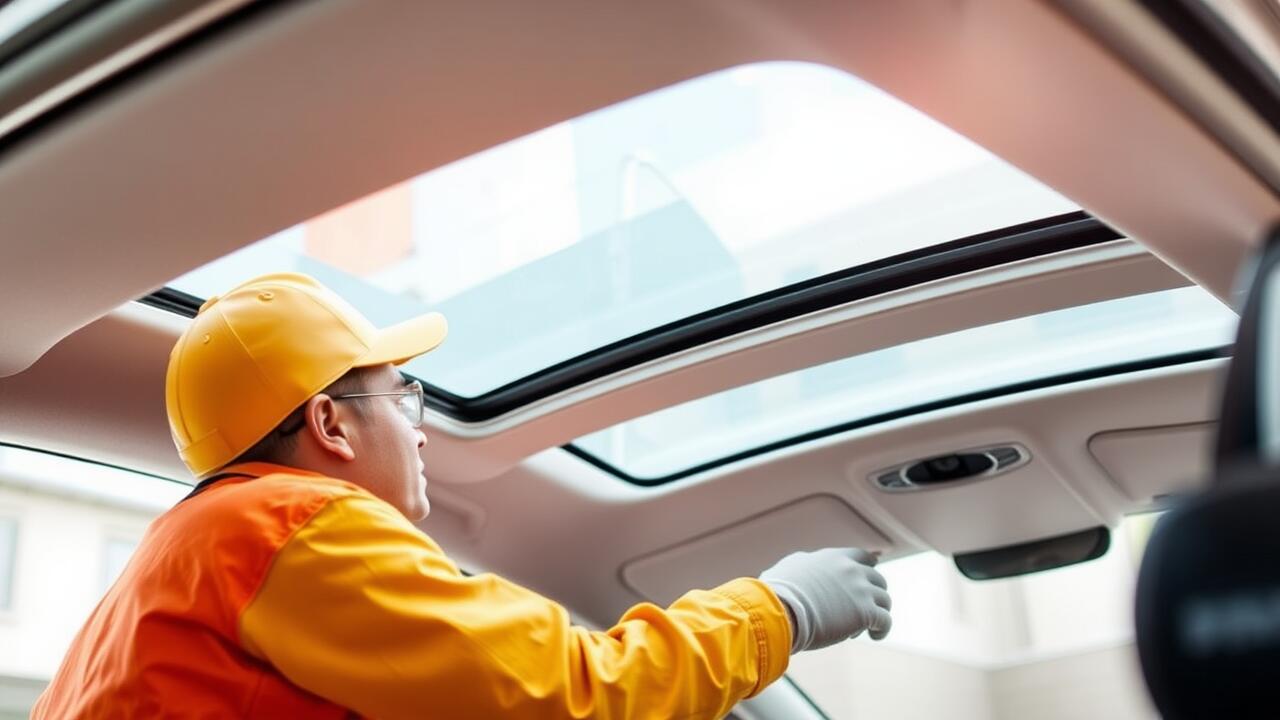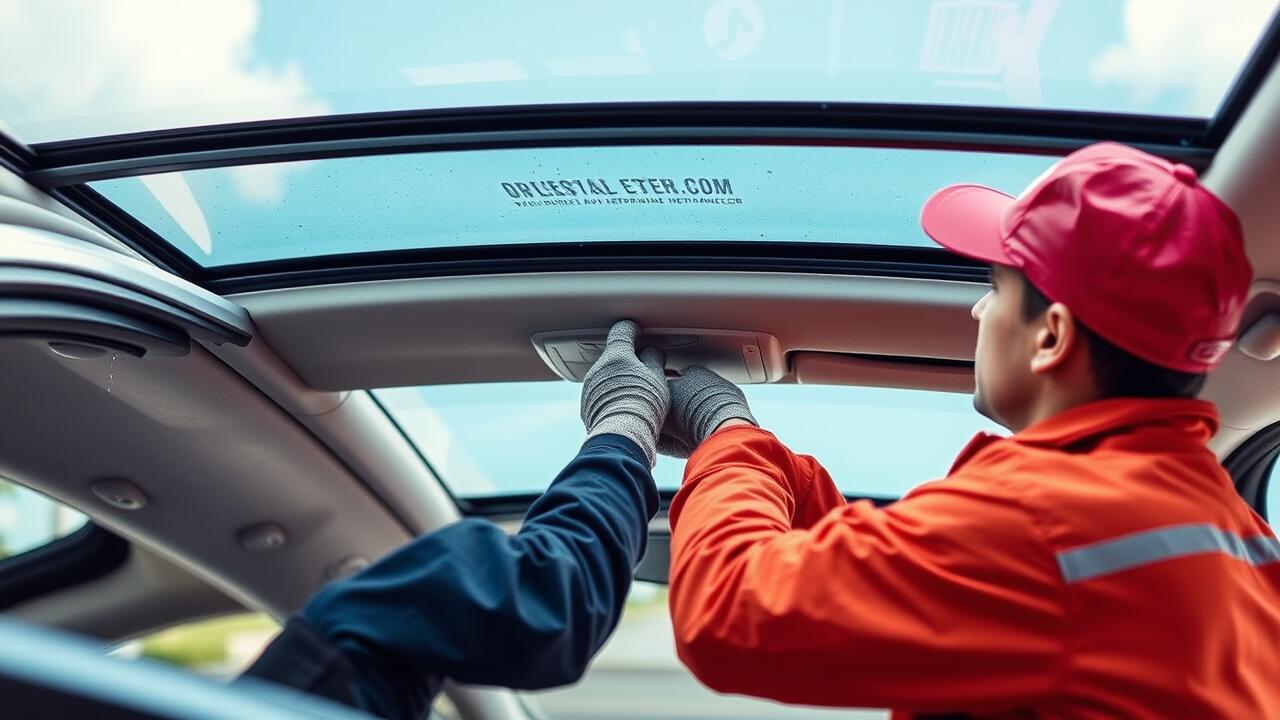
Table Of Contents
Using Silicone Spray
Silicone spray serves as an effective temporary solution for preventing leaks in your sunroof. It creates a waterproof barrier that helps repel water while maintaining flexibility. This method is particularly advantageous for those who may not want to invest in extensive repairs or a costly sunroof replacement just yet. A quick spray can often seal minor gaps where water finds its way through.
When applying silicone spray, cleanliness is essential. Ensure that the sunroof area is free of dirt and debris, as these can interfere with the spray's effectiveness. After cleaning, apply the silicone spray evenly around the edges of the sunroof, paying special attention to the seals. Regular maintenance using this technique can prolong the lifespan of your sunroof and potentially delay the need for a sunroof replacement.
Application Tips for Effective Use
When using silicone spray to address leaks in your sunroof, ensure the area is clean and dry before application. Start by thoroughly washing the sunroof, removing any dirt or debris that could interfere with the silicone's effectiveness. After cleaning, dry the surface completely. Apply the silicone spray evenly to the edges and seals of the sunroof, focusing on any spots that seem worn or compromised. It's advisable to use a cloth to wipe away any excess, as this will help maintain optimal sealing effect and prevent buildup over time.
If leaks persist even after applying silicone spray, it might indicate deeper issues that silicone alone cannot resolve. In some cases, the sunroof's mechanical components may need inspection or adjustment. Addressing mechanical problems early can prevent further water damage and reduce the chances of needing costly sunroof replacement. Regular maintenance and prompt attention to signs of wear can extend the life of your sunroof and keep leaks at bay.
Checking the Sunroof Adjustment
A properly adjusted sunroof is essential for preventing leaks. Many sunroofs can be misaligned due to wear and tear, incorrect installation, or even regular use. When this occurs, water can seep into the car’s interior through the gaps. Checking the alignment of your sunroof may save you from costly repairs, including a potential sunroof replacement.
If you find that your sunroof is not aligned correctly, the adjustment process is generally straightforward. Most models have adjustment screws located around the sunroof frame. By making slight adjustments to these screws, you can ensure a tighter fit and better sealing. Proper alignment not only helps prevent leaks but also enhances the functionality of the sunroof, allowing it to open and close smoothly.
How to Properly Align Your Sunroof
To properly align your sunroof, first, assess its position within the frame. Look for any visible gaps or misalignments that could disrupt its sealing effectiveness. A misaligned sunroof can lead to water leaks, causing unnecessary damage to the interior of your vehicle. Use the manual for your car to identify specific adjustments that can be made. Each sunroof has unique mounting points and adjustments that can shift over time.
After checking the alignment, make sure to tighten any loose screws or bolts that may have come undone. If the sunroof remains misaligned despite these adjustments, it might be time to consider sunroof replacement. Replacing the sunroof can provide a perfect fit, restoring its sealing capabilities. Regular maintenance of the alignment can prevent further issues and prolong the life of your vehicle's sunroof.
Understanding Sunroof Mechanics
Sunroofs are intricate systems that enhance both the aesthetics and functionality of a vehicle. They typically consist of several key components, including the glass panel, seals, tracks, and drainage systems. Each part plays a vital role in ensuring that water is effectively channeled away from the interior. A malfunction or misalignment in any of these components can lead to leaks, making regular maintenance and inspection essential for preventing issues that could require sunroof replacement.
The seals around the sunroof are particularly crucial for keeping water out. Over time, these seals can degrade due to exposure to the elements, resulting in leaks. Understanding the mechanics behind these seals and the way they work with the drainage channels helps car owners identify potential issues early. If the seals are worn or if the drainage pathways are clogged, it may not only allow water to enter but could also lead to more extensive damage, emphasizing the importance of addressing problems before they escalate to the point of needing sunroof replacement.
Key Components That Affect Sealing
The sunroof's sealing efficiency is influenced by several key components, including the rubber gasket, drainage tubes, and the frame alignment. The rubber gasket, designed to create a watertight seal, can wear over time or become damaged, allowing water to seep through. Drainage tubes are crucial in channeling rainwater away from the sunroof area. If these tubes are clogged, water can accumulate, leading to leaks. Proper alignment of the sunroof frame also plays a vital role in ensuring that it closes tightly and securely against the vehicle's body.
If the sunroof's components are beyond repair, a sunroof replacement may be necessary. During this process, technicians will inspect all related parts to ensure proper installation. Selecting high-quality replacement components can significantly improve sealing performance. Drivers should also be aware of routine maintenance to check for wear and tear. Proactively addressing any issues helps avoid costly repairs in the long run.
FAQS
What products can I use to stop my sunroof from leaking?
You can use silicone spray or a silicone-based sealant to help stop leaks in your sunroof. These products create a waterproof barrier that can help seal any gaps.
How often should I apply silicone spray to my sunroof?
It is recommended to apply silicone spray every 6 to 12 months, or more frequently if you notice signs of leaks or if the weather conditions change significantly.
What are the signs that my sunroof is leaking?
Common signs of a leaking sunroof include water stains on the interior, damp upholstery, or puddles forming in the vehicle's interior after rain.
Can I check the adjustment of my sunroof myself?
Yes, you can check the adjustment of your sunroof yourself by inspecting the alignment of the sunroof panel and ensuring that it sits flush with the roof and seals properly when closed.
What should I do if my sunroof continues to leak after trying these methods?
If your sunroof continues to leak despite using silicone spray and checking the alignment, it may be best to consult a professional mechanic or a specialist for a thorough inspection and repair.
